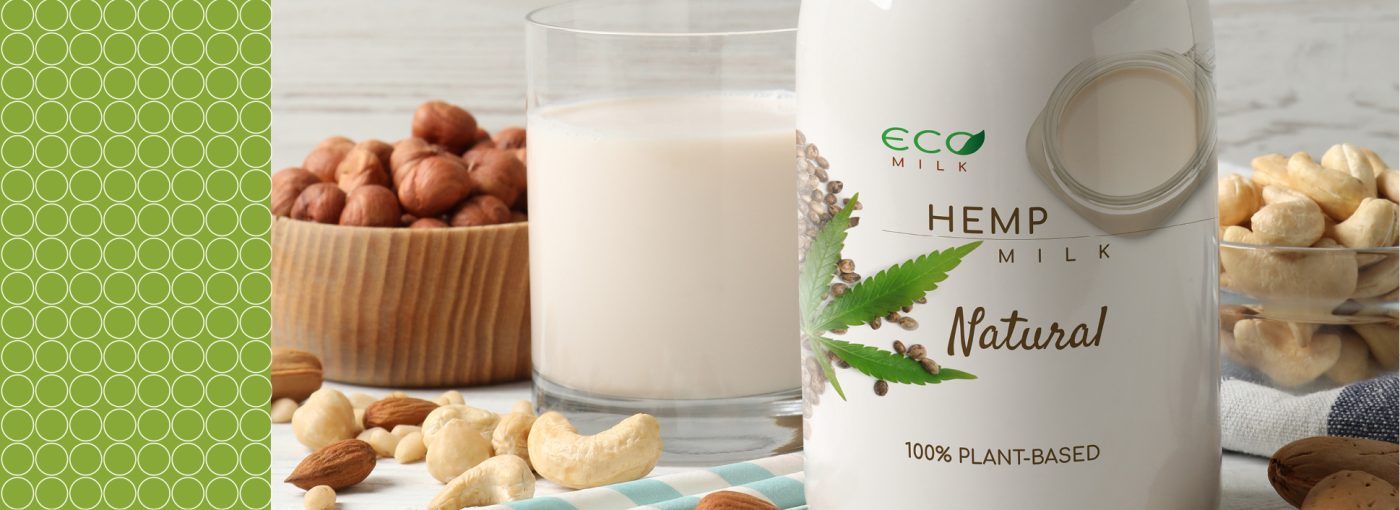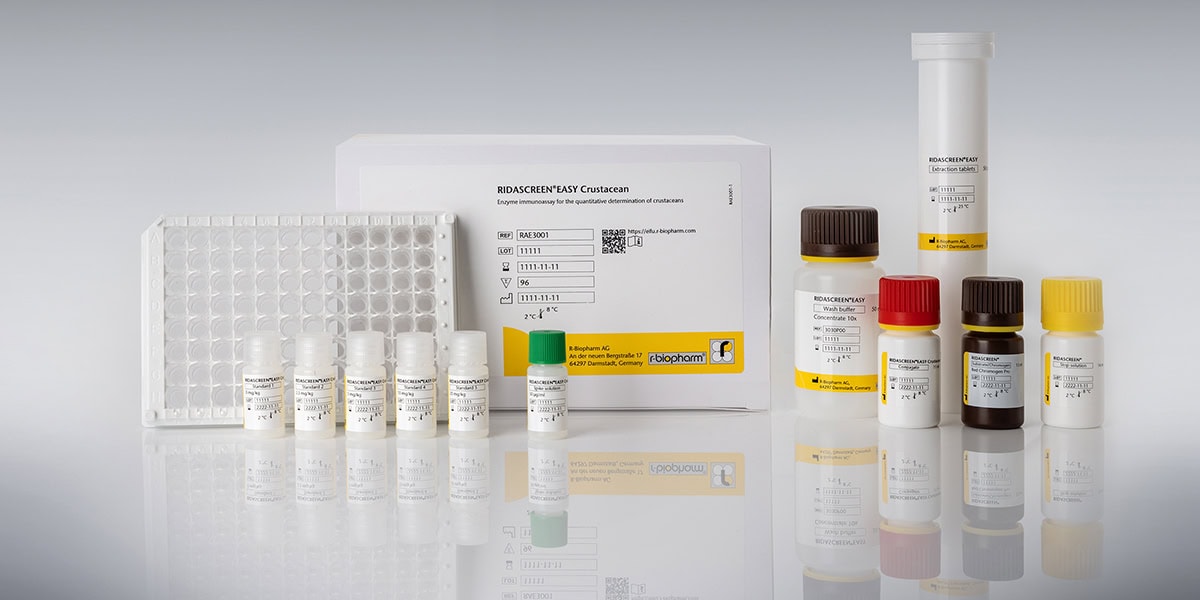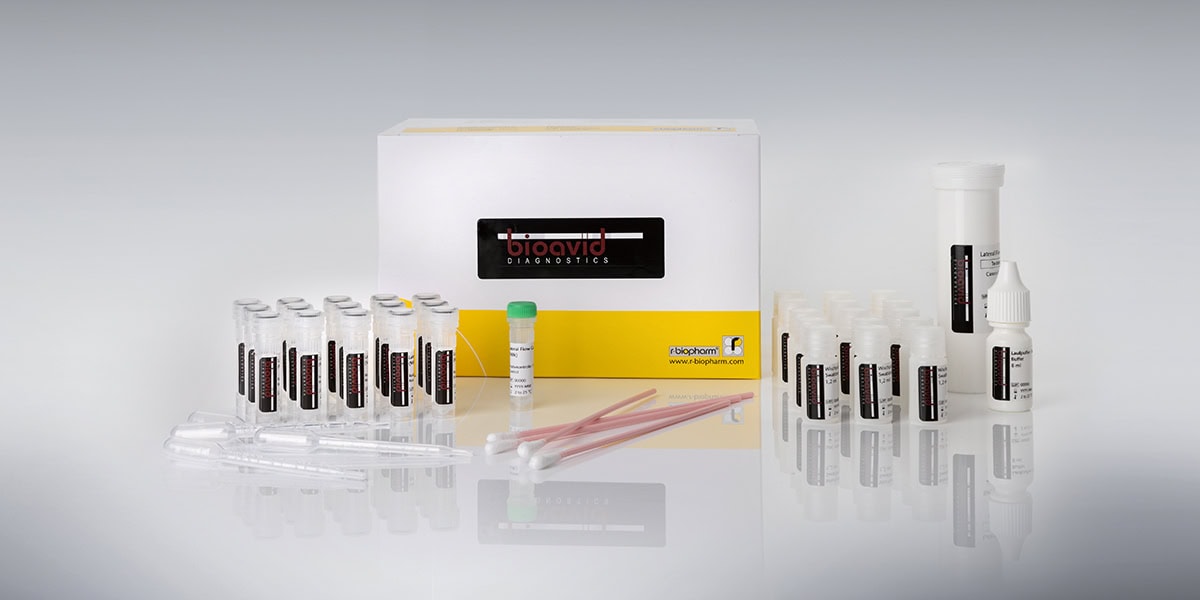
Recent news in Food & Feed Analysis
- Home
- /
- Hidden allergens: Why vegan...
Hidden allergens: Why vegan is not always dairy-free

Vegan food is popular. People with allergies enjoy vegan alternatives, too. But they should be careful, because hidden allergens can lurk in many vegan foods.
Pay attention to allergen labeling
Vegan foods are free from animal products, including milk and egg. However, this does not automatically mean that they are suitable for people with egg and milk allergies. If a product is not explicitly labeled as “dairy-free” or “free from egg”, it may contain traces of milk or egg that can be relevant for allergic people. For example, the German “Institut für Produktsicherheit” (IfP) tested 30 vegan foods and was able to detect considerable amounts of cow’s milk protein in seven products (source). Only in the case of a “free from” allergen claim as, for example, “dairy-free” or “egg-free” have the products been tested so strictly that they are safe for people with allergies.
Beware of hidden allergens in convenience food
Nuts, gluten and legumes such as soy or lupins are particularly common in vegan substitute products, but other allergens such as sesame, mustard or celery also occur. Sometimes it is easy to tell that a product is not suitable for certain allergy sufferers: Vegan cashew cheese, for example, is unsuitable for people with nut allergies, and those who suffer from gluten intolerance have to be careful with oat milk. But it’s not so simple with other products. Many vegetarian and vegan substitute products are highly processed and often have very extensive ingredient lists. Ready-to-eat products, in particular, often contain multiple allergens that are subject to labeling. A vegan pizza, for example, may contain several allergens that you might not immediately think of: a topping made from cashew cheese, a meat substitute made from soy, or a dough made from gluten-containing grains.
Manufacturers must be aware that by adding a vegan ingredient, allergens may end up in the product, which must be labeled. Traces of the allergen can then easily be introduced into other products or product lines. Good allergen management is essential to prevent contamination and ensure safe food for all consumers. This includes careful production planning, thorough cleaning and regular analysis of raw materials and final products.



